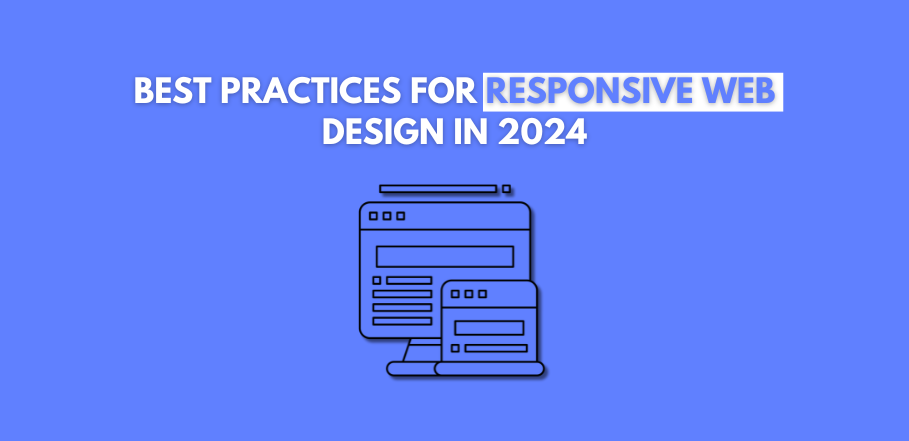
A Detailed Brief of 3D Models
In the digital age, 3D models have revolutionized various industries, offering innovative solutions for design, visualization, and production. Understanding the fundamentals of 3D modeling, its applications, and best practices can significantly enhance your brand’s capabilities and market presence. This detailed brief explores the essentials of 3D models, their benefits, and strategies for effective implementation.
1. What are 3D Models?
3D models are digital representations of three-dimensional objects. These models are created using specialized software and can be viewed and manipulated on a computer. Unlike 2D graphics, which only have height and width, 3D models add depth, providing a realistic view of the object from all angles.
2. Why are 3D Models Important?
3D models are essential for several reasons:
- Realism: They provide a realistic view of objects, enhancing visualization and understanding.
- Prototyping: They allow for virtual prototyping, reducing the need for physical prototypes and saving costs.
- Customization: They enable detailed customization and modifications before actual production.
- Marketing: They create engaging and interactive content for marketing and presentations.
- Innovation: They support innovative applications in virtual reality (VR) and augmented reality (AR).
3. Key Components of 3D Modeling
3D modeling involves several key components and processes, including:
Modeling
Modeling is the process of creating the 3D structure of an object. Key techniques include:
- Polygonal Modeling: Creating models using polygons, which are the basic building blocks of 3D models.
- NURBS Modeling: Using curves to create smooth and detailed models, often used in automotive and product design.
- Sculpting: A technique that simulates the process of sculpting clay to create detailed and organic shapes.
Texturing
Texturing involves applying surface details to a 3D model to make it look realistic. This includes:
- Diffuse Maps: For base colors and patterns.
- Bump Maps: To simulate surface irregularities.
- Specular Maps: To define how shiny a surface appears.
Rendering
Rendering is the process of generating an image or animation from a 3D model. This can be:
- Real-time Rendering: Used in interactive applications like video games.
- Offline Rendering: Used in high-quality images and animations for marketing and films.
Animation
Animation involves bringing 3D models to life by creating movement. This is crucial for applications like movies, games, and simulations.
4. Benefits of 3D Models
Investing in high-quality 3D models offers numerous benefits:
- Enhanced Visualization: 3D models provide a realistic and detailed view of objects, aiding in better visualization.
- Cost Savings: Virtual prototyping reduces the need for physical prototypes, saving time and costs.
- Customization and Flexibility: Detailed 3D models allow for easy modifications and customization.
- Improved Communication: 3D models effectively communicate complex ideas and designs.
- Engaging Content: Interactive 3D models enhance marketing materials and presentations.
5. Applications of 3D Models
3D models are used in a wide range of industries and applications, including:
Architecture and Construction
- Visualization: Creating detailed models of buildings and structures for visualization and planning.
- Virtual Tours: Offering virtual tours of properties and developments.
Product Design and Manufacturing
- Prototyping: Creating virtual prototypes to test and refine designs before production.
- Customization: Enabling customized designs and modifications.
Entertainment and Media
- Movies and Animation: Creating realistic characters and environments for movies and animations.
- Video Games: Developing interactive and immersive game environments.
Healthcare
- Medical Imaging: Creating detailed models of organs and structures for medical analysis and education.
- Prosthetics Design: Designing custom prosthetics and medical devices.
Marketing and Advertising
- Interactive Content: Creating engaging and interactive marketing materials.
- Product Visualization: Showcasing products in 3D for better customer understanding.
6. Best Practices for 3D Modeling
To achieve optimal results with 3D modeling, follow these best practices:
- Choose the Right Software: Select software that meets your needs and is compatible with your existing tools and workflows.
- Focus on Detail: Pay attention to details to create realistic and high-quality models.
- Optimize for Performance: Ensure your models are optimized for the intended platform, whether it’s for real-time rendering or offline use.
- Stay Updated: Keep up with the latest trends and technologies in 3D modeling to stay competitive.
- Test and Iterate: Regularly test your models and iterate based on feedback and performance.
7. The Future of 3D Modeling
3D modeling is constantly evolving, with new trends and technologies shaping its future. Key trends to watch include:
- Virtual Reality (VR) and Augmented Reality (AR): Integrating 3D models into VR and AR applications for immersive experiences.
- Artificial Intelligence (AI): Using AI to automate and enhance the 3D modeling process.
- 3D Printing: Combining 3D modeling with 3D printing to create physical objects from digital models.
- Real-Time Rendering: Advancements in real-time rendering technology for more interactive and realistic applications.
- Sustainable Design: Using 3D models to design and test sustainable and eco-friendly products.
Conclusion
3D models are powerful tools that enhance visualization, communication, and innovation across various industries. By understanding the key components of 3D modeling and implementing best practices, businesses can create high-quality models that meet their needs and exceed expectations. At EZ Brand Builders, we specialize in helping businesses leverage the power of 3D modeling to achieve their goals and build strong, recognizable brands. By investing in high-quality 3D models, businesses can stand out in the competitive digital landscape and drive engagement and growth.








